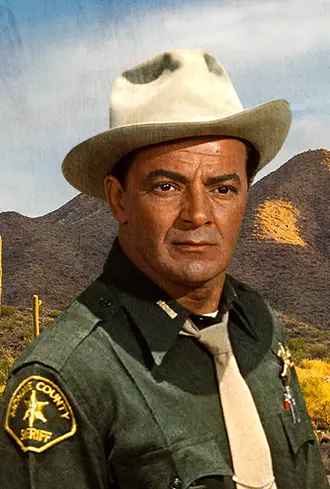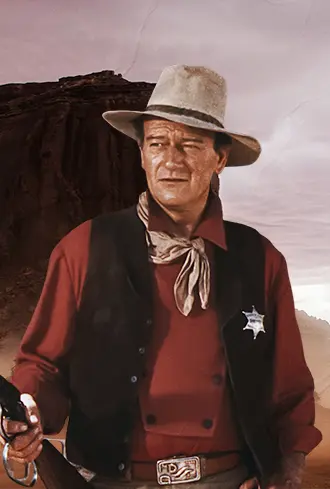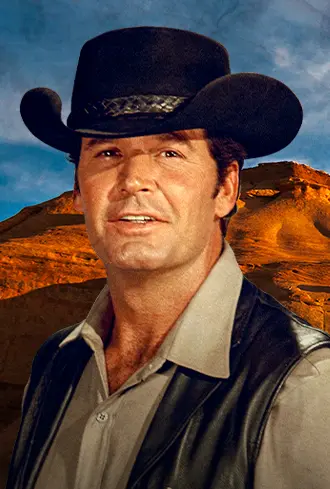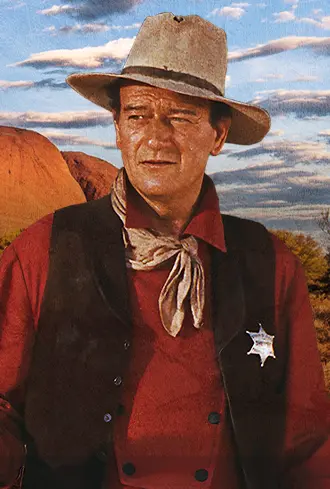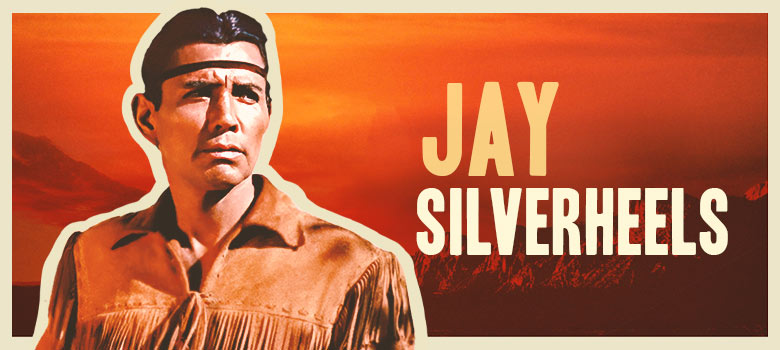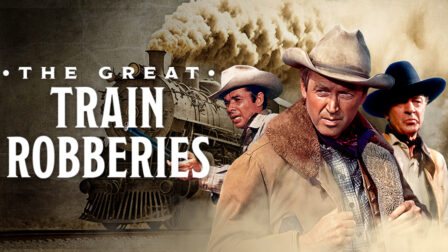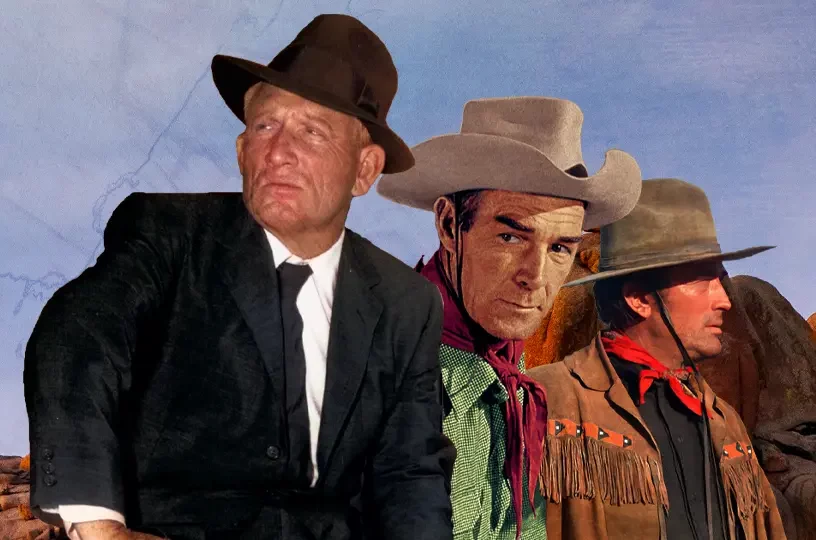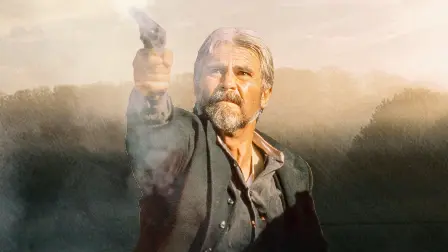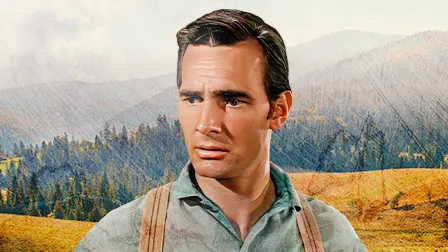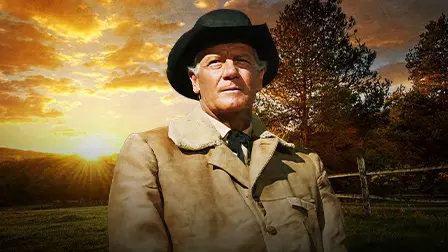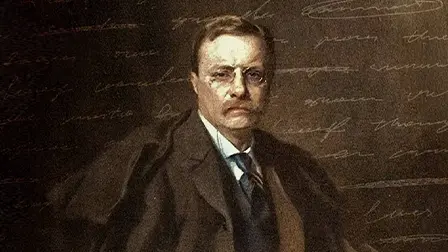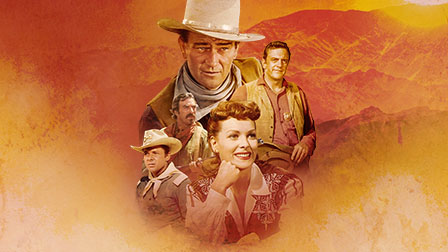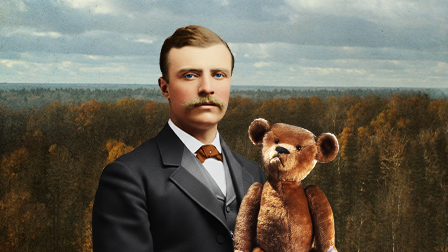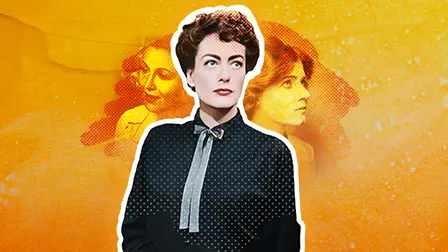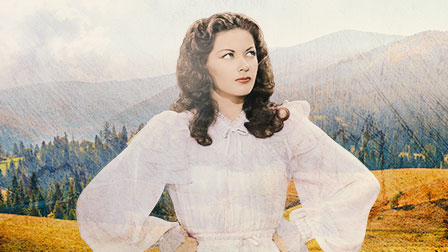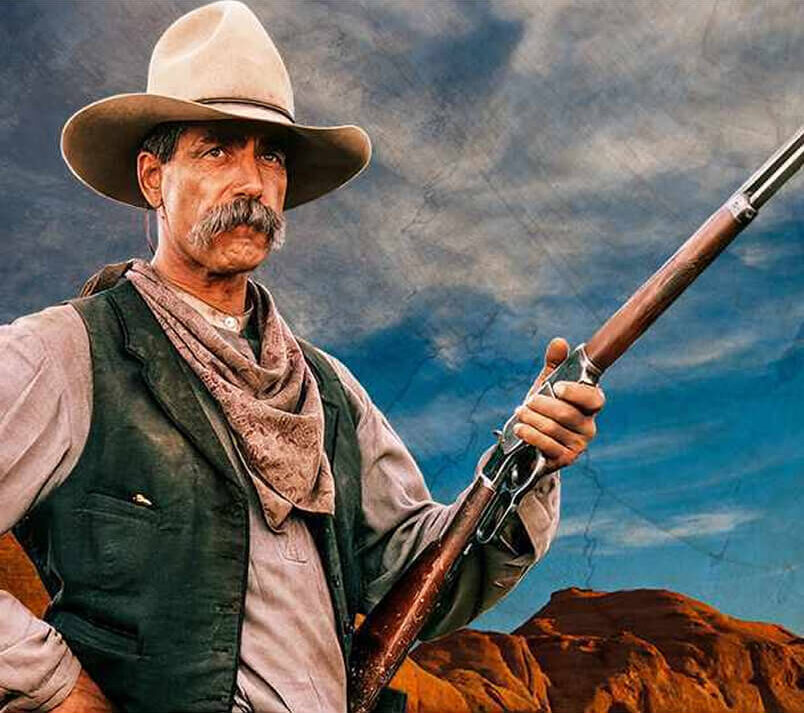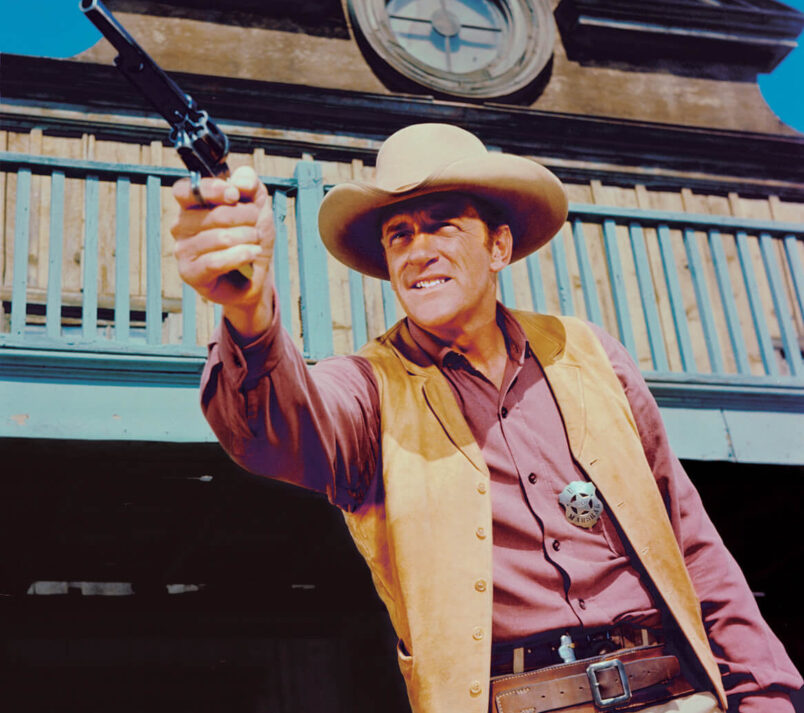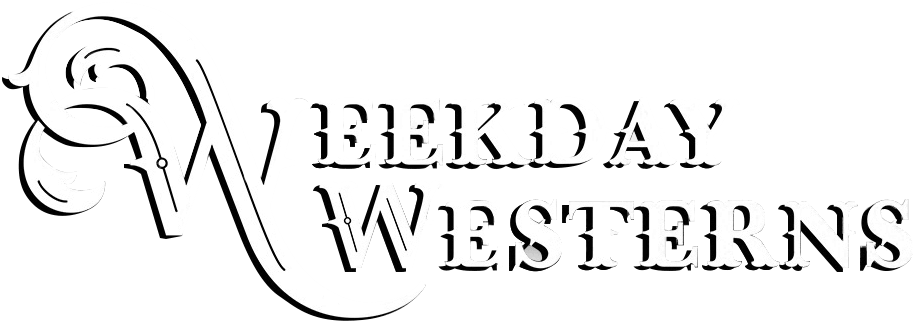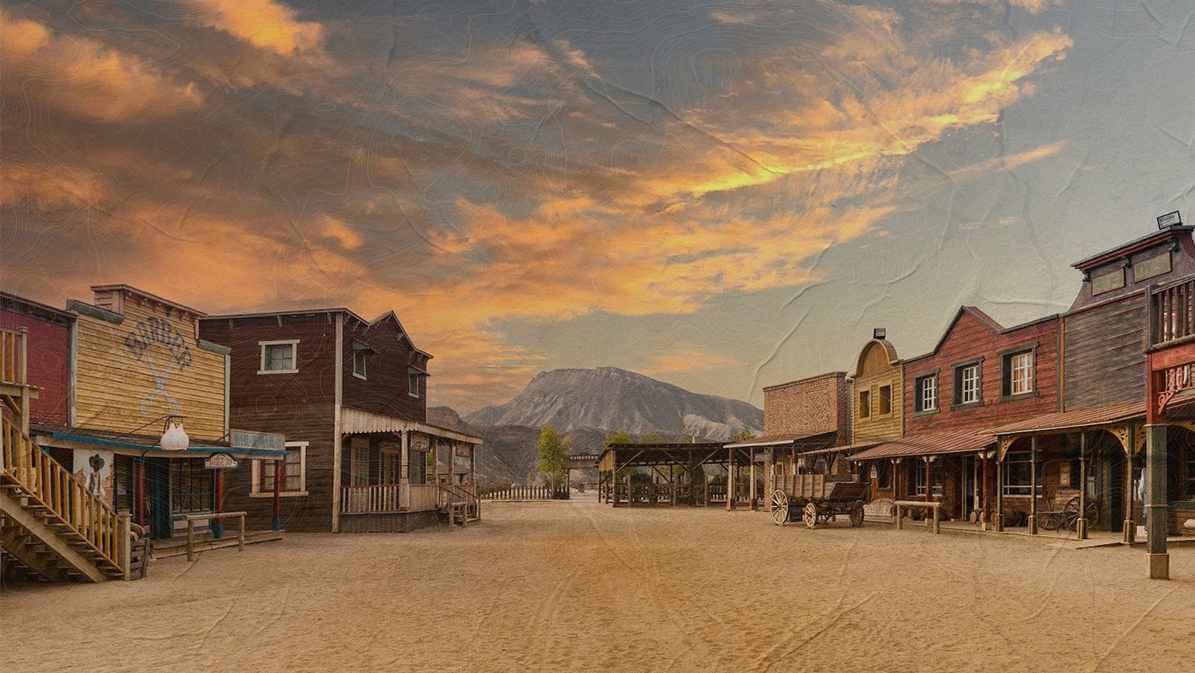In his relatively short life, Jay Silverheels made a major impact in film and television, as an actor and an advocate for other North American indigenous actors. Jay Silverheels was born Harold Jay Smith on May 26, 1912, near Hagersville, Ontario, Canada on The Six Nations of the Grand River. He was the grandson of Mohawk Chief A.G. Smith and one of 11 children born to decorated WWI hero Captain Alexander George Edwin Smith of the Cayuga Nation and Mabel Phoebe Dockstater, Mohawk (maternal) and Seneca (paternal).
In school, Silverheels excelled at sports, becoming a star lacrosse player. He toured North America on several different indoor lacrosse teams, many under the purview of the North American Amateur Lacrosse Association. Called “box lacrosse,” the league played in unused hockey venues during the off-season. In 1997, Silverheels was inducted into the Canadian Lacrosse Hall of Fame as a veteran player. He also played football and hockey, and was a wrestler and a boxer. In 1938, he took second place in the middleweight class of the Golden Gloves Tournament.
But it was lacrosse that would ultimately nudge him toward a Hollywood career. Actor and comedian Joe E. Brown was among the fans who saw him play on a touring lacrosse team in Los Angeles. An avid sports fan and athlete in his own right (he turned down an offer from the New York Yankees to pursue a career as an entertainer), Brown persuaded Silverheels to go for a screen test. Soon, he began working as an extra and stuntman. Most of his early films were uncredited.
After serving in World War II, Silverheels returned to Hollywood. He often appeared in low-budget westerns and serials and when he got billing, he used the names Harold Smith or Harry Smith. Later, he changed his screen name to Silverheels, the nickname he was called in his lacrosse days. In 1948, John Huston cast Silverheels as Tom Osceola one of two fugitive brothers in Key Largo, starring Humphrey Bogart and Lauren Bacall. The part was uncredited, but he made an impression. He was cast as Geronimo in Broken Arrow (1950) with James Stewart—also uncredited. He would play Geronimo again in two other movies with full credit: The Battle of Apache Pass (1952) and Walk the Proud Land (1956) starring Audie Murphy. In Drums Across the River (1954), also starring Murphy, Silverheels plays Taos, the warrior son of Ute Chief Ouray in an intense performance.
For all his appearances in films, it would be television that ultimately made Jay Silverheels a household name—and especially, his character. From 1949 to 1957, Silverheels played Tonto, sidekick to Clayton Moore’s Lone Ranger on the popular TV series The Lone Ranger. The popularity of the show led to the making of two movies, The Lone Ranger (1956) and The Lone Ranger and the Lost City of Gold (1958).
After The Lone Ranger ended, Silverheels appeared on a variety of TV shows, including Wagon Train, The Virginian, Rawhide, Laramie, Branded, Daniel Boone, The Brady Bunch, Gentle Ben, and Love, American Style, among others. But no matter the show or genre, he would always be “Tonto” and he was typecast as an Indian. He seemed to be good-natured about his role on The Lone Ranger. He did a send-up of Tonto in a comedy sketch on The Johnny Carson Show, and he and Clayton Moore spoofed their famous characters in several TV commercials.
Silverheels’ final feature film roles included the wise white-haired Shoshone Chief Washaki in The Man Who Loved Cat Dancing (1973) starring Burt Reynolds and Sarah Miles, and ranch foreman John Crow in Santee (1973) starring Glenn Ford.
Silverheels suffered a stroke in 1976. In 1977, to honor him, Clayton Moore rode an American Paint Horse in the Pasadena Tournament of Roses Parade, the same breed as Tonto’s horse Scout.
Jay Silverheels died on March 5, 1980.
Suggest a Correction
We strive for accuracy and fairness. But if you see something that doesn’t look right, click here to contact us!

